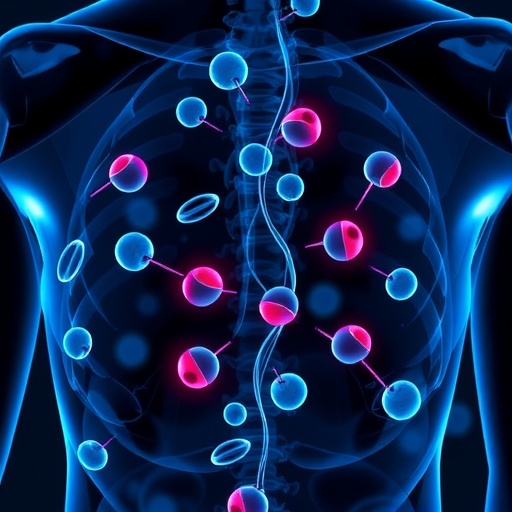LOS ANGELES (May 30, 2017) — Efforts to reduce hospital readmissions are working, but they're not always saving money, according to a new Cedars-Sinai study.
Many medical centers are tackling the readmission problem by trying to pinpoint the root causes of unnecessary repeat hospitalizations. A Cedars-Sinai-led team of investigators systematically evaluated the effectiveness and financial benefit of quality improvement programs at medical centers in the U.S. and elsewhere.
The team, led by Teryl Nuckols, MD, MSHS, conducted a systematic review of data from 50 quality improvement studies involving more than 16,700 patients. Among the findings: Quality improvement interventions reduced readmissions by an average of 12.1 percent for heart failure patients and 6.3 percent for older adults with diverse health issues.
But savings to health systems varied. The investigators gauged how much money these interventions saved or cost health systems by measuring expenses for hospitals, physicians, other providers and payers. They found average net savings for health systems of $972 per person among heart failure patients and average net losses of $169 per person among other patients. However, costs varied so widely across studies that the authors could not conclude definitively whether these interventions saved or lost money.
Among older adults, interventions that engaged patients and caregivers yielded the most net savings per patient. For example, several interventions involved nurses or pharmacists training patients and family members about how to manage medications after discharge, which types of activities are appropriate and which symptoms might represent something serious.
The study was published today in the Journal of the American Medical Association Internal Medicine.
Nuckols, director of the Division of General Internal Medicine in the Cedars-Sinai Department of Medicine, said she was surprised that the interventions didn't save more money across the board. Nuckols said the results counter a widely held belief that reducing readmissions should save money by preventing additional costs for return hospital stays.
"Hospitalization is very expensive, so avoiding even a few readmissions should have saved a lot of money," she said. "Our findings suggest that there is no guarantee of net cost savings once the implementation costs associated with efforts to prevent readmissions are considered."
Adding urgency to the study, the Centers for Medicare & Medicaid Services now penalize institutions for excessive readmissions. As a result, almost 2,600 hospitals are expected to lose a total of more than $500 million in payments this year, according to analysis of government data by Advisory Board, a healthcare consulting and research firm.
###
Study co-authors included Joshua Pevnick, MD, assistant professor of Medicine, and Laura Anderson, MS, both from Cedars-Sinai; researchers from the RAND Corp. in Santa Monica; the College of Science at Virginia Tech in Blacksburg, Virginia; the UCLA Jonathan and Karin Fielding School of Public Health in Los Angeles; and the VA Greater Los Angeles Healthcare System. The team's work was supported by the Agency for Healthcare Research and Quality.
About Cedars-Sinai
Cedars-Sinai is a leader in providing high-quality healthcare encompassing primary care, specialized medicine and research. Since 1902, Cedars-Sinai has evolved to meet the needs of one of the most diverse regions in the nation, setting standards in quality and innovative patient care, research, teaching and community service. Today, Cedars-Sinai is known for its national leadership in transforming healthcare for the benefit of patients. Cedars-Sinai impacts the future of healthcare by developing new approaches to treatment and educating tomorrow's health professionals. Additionally, Cedars-Sinai demonstrates a commitment to the community through programs that improve the health of its most vulnerable residents.
doi:10.1001/jamainternmed.2017.1136
Media Contact
Marni Usheroff
[email protected]
323-866-6221
@cedarssinai
http://www.csmc.edu
############
Story Source: Materials provided by Scienmag




